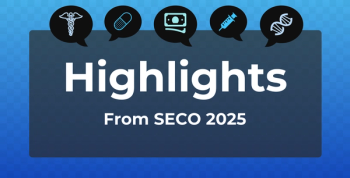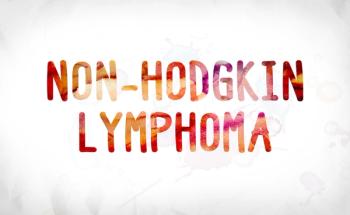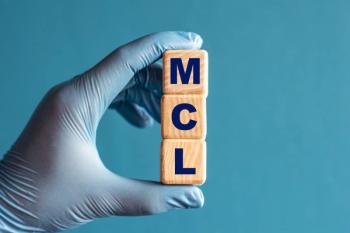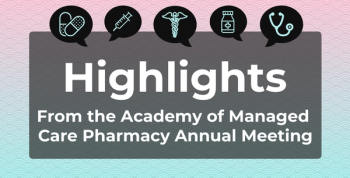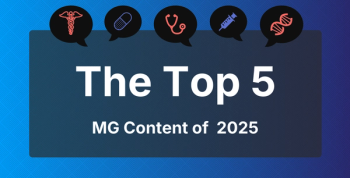
Health Blog: The Evolving Biosimilars Market
With the FDA accepting an application from Sandoz for it's biosimilar filgrastim, the biosimilar landscape in the US is expected to undergo a huge turnaround.
In health care, even how you name something can become a debate with billions of dollars on the line.
With a new wave of cheaper versions of biologic drugs expected to soon become available in the United States, the health-care industry is still fighting over key ground rules for these drugs — more than four years after the Affordable Care Act cleared a pathway for this new drug classification. That includes what names these copy-cat version of biologic drugs should actually go by.
Biologics, which treat serious diseases like cancer and multiple sclerosis, are usually more expensive than conventional drugs, and they're also harder to make. Unlike traditional drugs made from chemicals, biologics are made from the proteins of living organisms. So that also makes it impossible to exactly duplicate biologics, but copy cat "biosimilars" are near-replicas of these drugs and have been selling at about 20 percent to 30 percent lower than the biologic price in foreign markets.
Biosimilars are still waiting to break into the United States, though. By one estimate, the U.S. market for these drugs will grow from virtually nothing to
Read the blog here:
Source: The Washington Post
Newsletter
Stay ahead of policy, cost, and value—subscribe to AJMC for expert insights at the intersection of clinical care and health economics.

